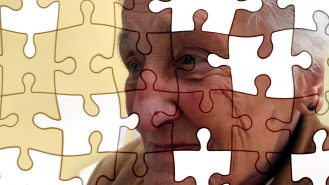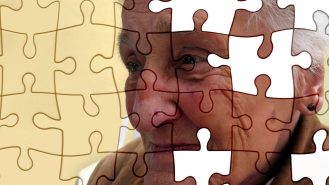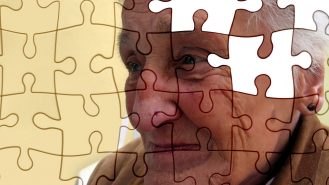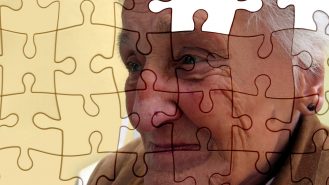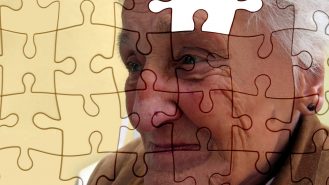Course organiser:Alison Aitken and Chris Botur
24 May:
Mike Crean on 'A Blank Canvas in a Swamp – The First 20 Years.'A time traveller from 2018 lands in central Christchurch in 1861. As he strolls the streets and squares, he chats to locals and watches the pioneers going about their business. He hears of their pride in achievements so far and their frustration at the speed of developments. He describes the scenes of simple buildings dotted amid open spaces. He relates all of this to a growing sense of hope as increasing numbers of settlers arrive, planned changes in local government promise improvements in water supply and sanitation, and the economic boom that is expected as large-scale sheep farming takes hold in the hinterland.
31 May:
Arapata Reuben on 'A Swamp – The last 150 years.’The scene is set with a brief narrative of the Ngāi Tahu migration to Te Waipounamu by Ngāi Tūāhuriri and the key roles played by Tū-te-kawa and Tūāhuriri. The establishment of Kaiapoi Pa, the CBD of Ngāi Tūāhuriri, and the leading role it and it’s people played in the economic and political spheres. The significant contribution ‘A Swamp – The Outpost’ played in maintaining the wellbeing of those resident at Kaiapoi Pa and surrounding areas.
7 Jun:
Philip Richards on 'Thomas Edmonds - My Great-grandfather.'Thomas J. Edmonds came to NZ in 1879 and established a business which flourished. His story reflects the attitudes and characteristics which built early NZ and the opportunities that this new land gave him.
14 Jun:
Arapata Reuben on 'A Culture Excluded'.Part two will continue to discuss the significant importance of ‘A Swamp – The Outpost’, the division of the land and water resources and the necessity to work with neighbouring resource users to ensure future generations were provided for. Also, the effect the arrival of the Pre-Adamites and the Canterbury Purchase – Kemp's Deed had on Ngāi Tūāhuriri whanau. Denying them access to their Mahinga Kai was greater than losing the ability to nourish ones’ whanau; it affected their health, education and social standing within the wider community.
21 Jun:
Jill Haley, Curator Human History, Canterbury Museum on 'An Epidemic Among Us: Photography in Christchurch, 1857-1890.'Photography in the nineteenth century was enormously popular and variously described as a madness, mania and even an epidemic. The first studio opened in Christchurch in 1857, and in the following decades, dozens of professional photographers flocked to the growing city. Christchurch was also home to New Zealand’s best known amateur photographer, Dr Alfred Charles Barker. This talk will explore the development of photography in the city and look at the images produced here.
